When you pick up a generic pill at the pharmacy, you expect it to work just like the brand-name version. You’re not just buying a cheaper alternative-you’re trusting that it’s just as safe, effective, and consistent. The FDA makes that trust possible. But how? It’s not enough to say the active ingredient is the same. The FDA doesn’t just test the final pill. It watches every step of how it’s made-from the raw chemicals to the packaging line.
Quality Isn’t Tested at the End-It’s Built In
For decades, drug makers focused on testing finished products. If a batch passed lab tests, it was approved. But in the 1960s, testing 4,600 drugs revealed something alarming: about 8% of them didn’t deliver the right dose. Some were too strong. Others too weak. That’s not a small error. It’s dangerous. The FDA changed course. Instead of waiting for a bad batch to show up in the lab, they started building quality into the process. This became known as Current Good Manufacturing Practices, or cGMP. These aren’t suggestions. They’re federal law under Title 21 of the Code of Federal Regulations. Every generic drug maker-whether in the U.S., India, or China-must follow them to sell in America.The Five Pillars of FDA Quality Control
The FDA’s system rests on five non-negotiable pillars. If one fails, the whole operation fails.- Control of Materials: Every raw ingredient must be tracked from supplier to final product. The FDA requires proof of origin, purity, and stability. No guessing. No shortcuts. If a chemical batch doesn’t meet specs, it’s rejected-and the manufacturer must explain why it happened.
- Production and Process Controls: Every step in making the drug has a written procedure. Temperature, mixing time, pressure-everything is monitored. If a machine runs too hot or a mixer spins too slow, the system flags it. Corrections aren’t optional. They’re documented, reviewed, and approved before production continues.
- Quality Control and Laboratory Testing: Every batch is tested. Not just the final product, but also the powder before it’s pressed into pills, the liquid before it’s bottled. Testing methods must be validated and repeatable. And every result must follow ALCOA+: attributable, legible, contemporaneous, original, accurate, complete, consistent, enduring, and available. If a lab tech writes a number on a sticky note, it’s invalid.
- Packaging and Labeling: A pill that works perfectly is useless if the label says the wrong dose. The FDA requires exact matching between the drug’s strength, dosage form, and the label. Packaging must protect the drug from moisture, light, and contamination. Even the ink on the bottle must be tested for safety.
- Documentation and Record Keeping: This is where many manufacturers struggle. Every action, every test, every adjustment must be recorded in real time. No backfilling. No deleting. The FDA doesn’t just ask for records-they show up unannounced and pull files from the last 18 months. If they can’t trace a single batch from raw material to shelf, the facility gets shut down.
Inspections: No Warning, No Mercy
The FDA doesn’t schedule inspections like a dentist appointment. They come without notice. A team of inspectors walks into a factory, asks for records, watches the line, takes samples, and interviews workers. They stay as long as needed-sometimes days or weeks. In 2023, the FDA conducted about 1,200 inspections worldwide of facilities making generic drugs for the U.S. market. Foreign plants get inspected more often now. In 2021, the Government Accountability Office found that 17% of foreign facilities had cGMP violations, compared to 8% in the U.S. That’s not because foreign plants are worse-it’s because they’re harder to monitor. The FDA has ramped up remote inspections since the pandemic, using video links and digital data sharing. But nothing replaces being on-site.
Why Three Batches? The Hidden Rule
When a company applies to make a generic drug, they don’t just submit one batch. They submit three. One for the middle strength, one for the lowest, and one for the highest. Why? Because drug strength can vary across different doses. A 10mg tablet might dissolve differently than a 50mg tablet, even if they’re made on the same line. The FDA tests each batch separately to make sure the manufacturing process is consistent across all strengths. It’s expensive. It slows things down. But it catches problems early. One manufacturer on LinkedIn said this requirement added 20% to their production costs. But they also admitted it prevented a major recall. That’s the point.How Long Does Approval Take?
Generic drug approval isn’t fast. It takes 12 to 24 months, sometimes longer. Why? Because the FDA doesn’t just review the science. They review the entire system. The chemistry. The equipment. The training logs. The cleaning procedures. The data integrity. Each review cycle takes months. And if something’s unclear, they send a letter asking for more info. The company has to respond. Then they wait again. It’s frustrating for manufacturers. But it’s why the U.S. has one of the most reliable generic drug supplies in the world. In 2023, 90% of all prescriptions filled in the U.S. were for generics. And 98-99% of them worked exactly like the brand-name version.
Costs, Challenges, and Real-World Trade-Offs
Meeting FDA standards isn’t cheap. A new generic manufacturer typically spends $2-5 million just to set up the quality infrastructure before submitting their first application. Documentation alone eats up 30-40% of development time for smaller companies, according to industry surveys. In 2022, 42% of FDA Form 483 observations-those are the official notices of violations-cited data integrity issues. That’s not about cheating. It’s about poor systems. A technician forgets to log a reading. A server crashes. A file gets overwritten. The FDA doesn’t care about the excuse. The record is gone. The batch is suspect. Still, 82% of manufacturers agree: the FDA’s standards improve quality. Even though the European Medicines Agency (EMA) has similar rules, the FDA’s inspections are more frequent and its documentation rules are stricter. The ALCOA+ framework isn’t just about compliance-it’s about trust.What’s Next? Real-Time Quality and Supply Chain Transparency
The FDA isn’t resting. In 2023, they launched the Drug Quality Reporting System (DQRS), making it easier for companies to report problems quickly. They’re also pushing for real-time release testing-where a drug is approved as it’s made, not after. Imagine a machine that checks a pill’s strength the moment it’s pressed, and only lets it go if it’s perfect. That’s the goal. By 2025, new rules will require manufacturers to track every active ingredient back to its source. No more anonymous suppliers. No more hidden factories. If a chemical comes from a plant in China, the FDA needs to know who made it, where it was stored, and how it was shipped. The Generic Drug User Fee Amendments (GDUFA) III, which started in 2022, gave the FDA $650 million over five years to hire more inspectors and upgrade lab equipment. It’s not perfect. Resources are still tight. But the system is getting stronger.Why This Matters to You
You don’t need to know the details of cGMP to take your medication. But you should know this: the pill you’re taking was made under one of the strictest quality systems in the world. It’s not cheaper because it’s lower quality. It’s cheaper because companies aren’t spending millions on marketing or patents. The FDA makes sure the science and the manufacturing are equal. When a generic drug fails, it’s rare. When it happens, the FDA acts fast-pulling batches, warning doctors, and shutting down facilities. That’s the system working. You’re not just saving money. You’re benefiting from decades of regulation, inspections, and science. And that’s not something to take for granted.Are generic drugs really as good as brand-name drugs?
Yes. The FDA requires generic drugs to have the same active ingredient, strength, dosage form, and route of administration as the brand-name version. They must also be bioequivalent-meaning they’re absorbed into the body at the same rate and extent. Studies show that 98-99% of generics perform the same as their brand-name counterparts. The FDA tests both the drug and the manufacturing process to ensure consistency.
Does the FDA inspect foreign drug factories?
Yes. The FDA inspects about 1,700 manufacturing facilities worldwide that supply generic drugs to the U.S. In 2023, roughly 1,200 inspections were conducted, with about 40% of those happening at foreign sites. The agency uses both on-site visits and remote evaluations. Foreign facilities have a higher rate of violations, but the FDA treats them the same as U.S. plants-no exceptions.
Why do generic drugs cost so much less than brand-name drugs?
Generic drugs cost 80-85% less because manufacturers don’t have to repeat expensive clinical trials or pay for marketing campaigns. The FDA already confirmed the drug’s safety and effectiveness when the brand-name version was approved. Generic companies only need to prove their version is bioequivalent and made under the same quality standards. That cuts development time and costs dramatically.
Can the FDA shut down a generic drug factory?
Yes. If a facility repeatedly violates cGMP rules, the FDA can issue a warning letter, block new drug approvals, or even refuse to allow the facility to import drugs into the U.S. In extreme cases, they can issue an import alert, which means all products from that facility are automatically detained at the border. This has happened to multiple foreign plants over the past decade.
How does the FDA prevent drug shortages caused by quality issues?
The FDA uses a proactive, risk-based approach. Instead of waiting for a drug to fail, they monitor manufacturing changes before they happen. If a company plans to switch suppliers or upgrade equipment, they must notify the FDA. The Office of Manufacturing Quality reviews the change and may require additional testing. During the pandemic, this system helped prevent shortages of critical medications like antibiotics and heart drugs by catching potential problems early.

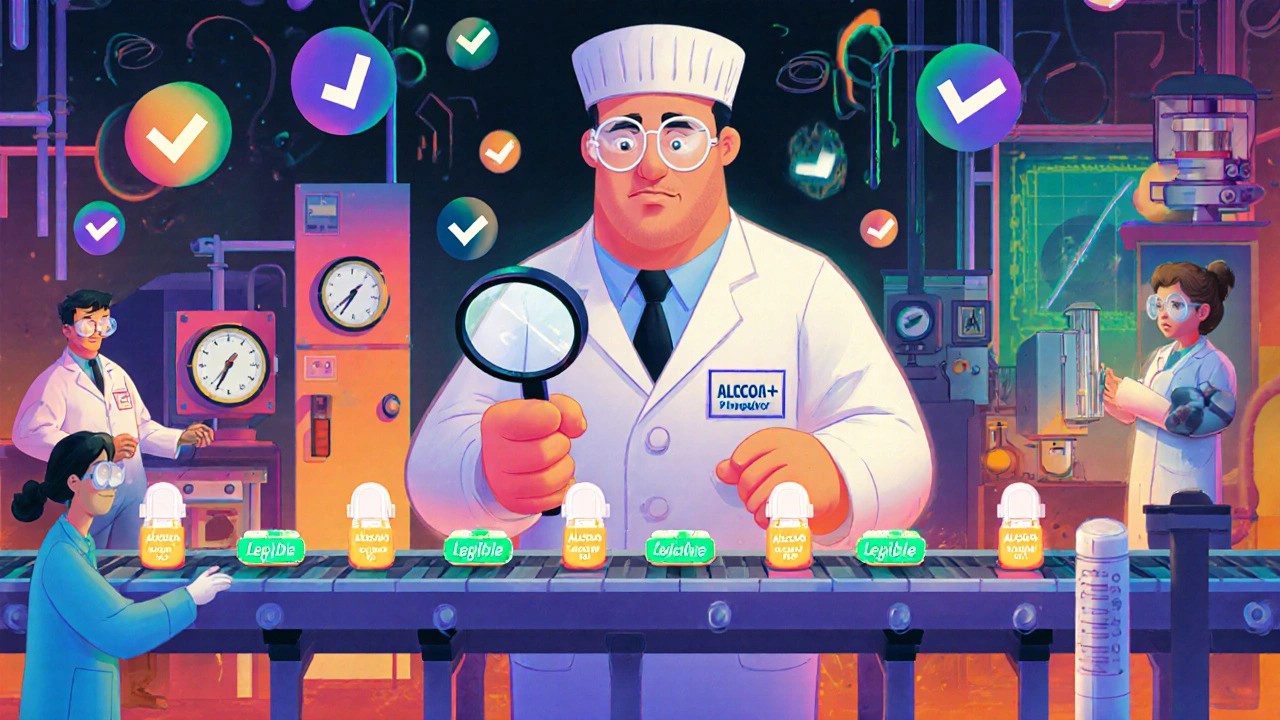
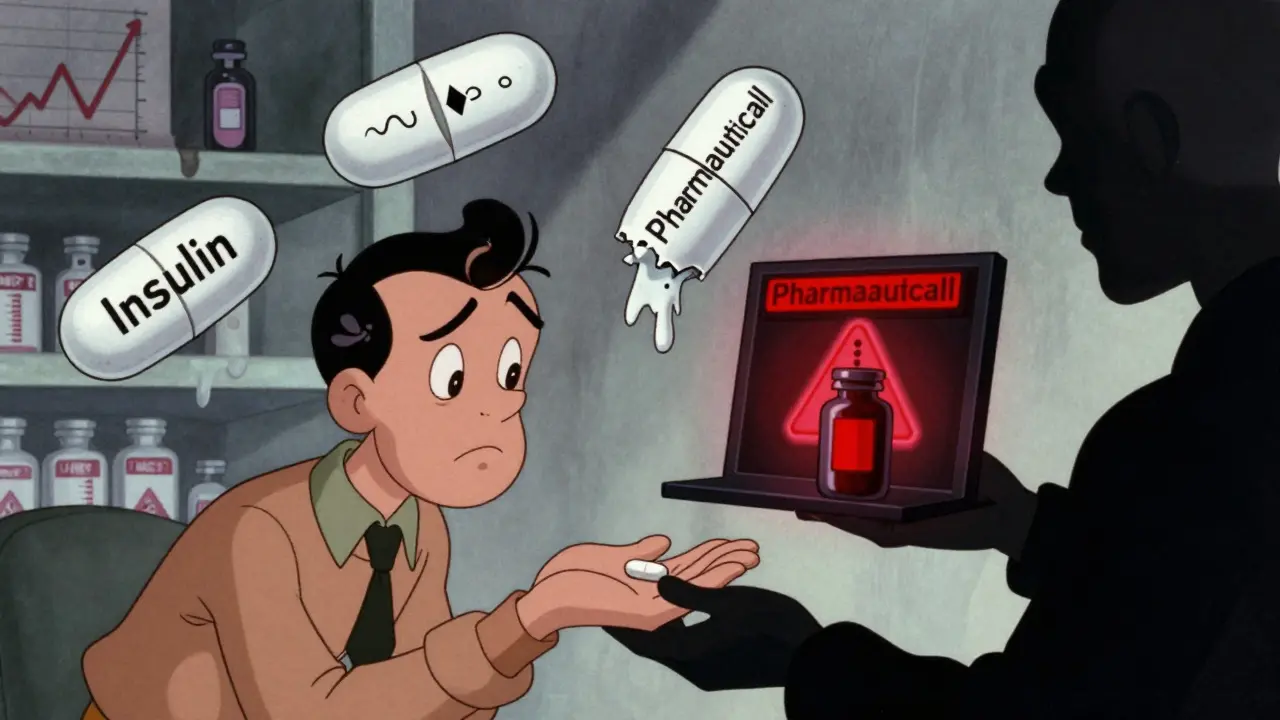
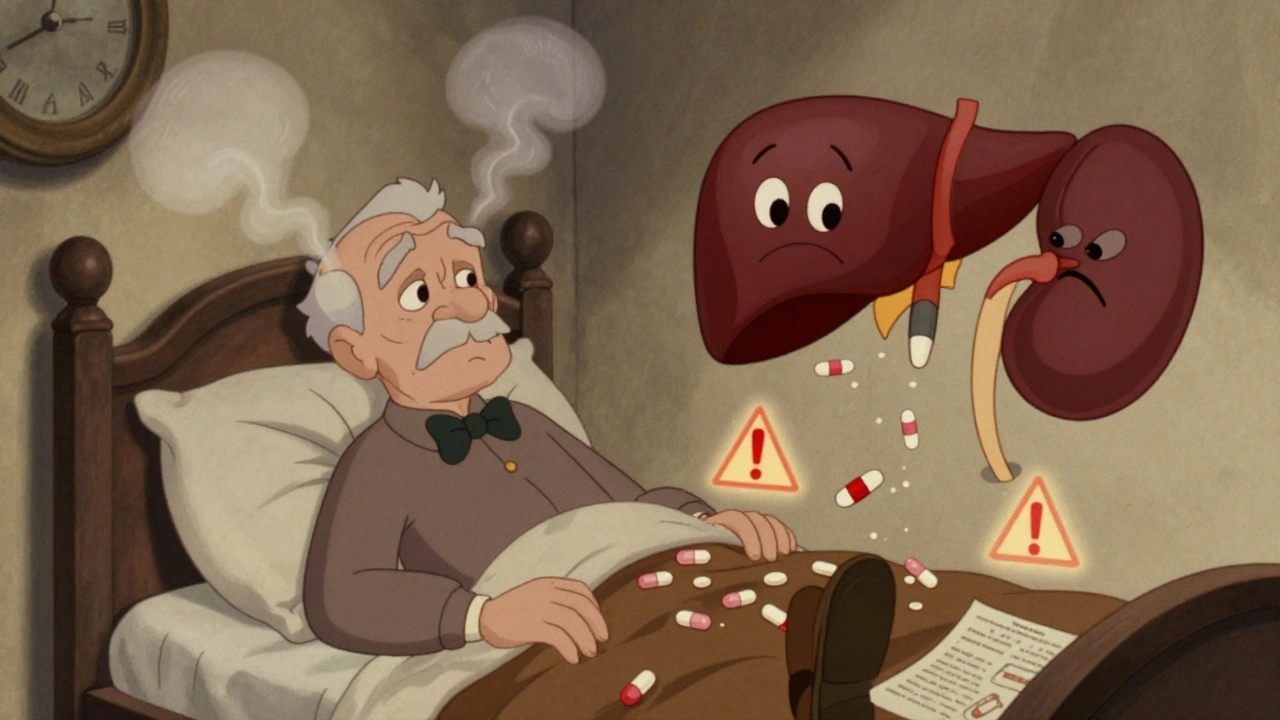
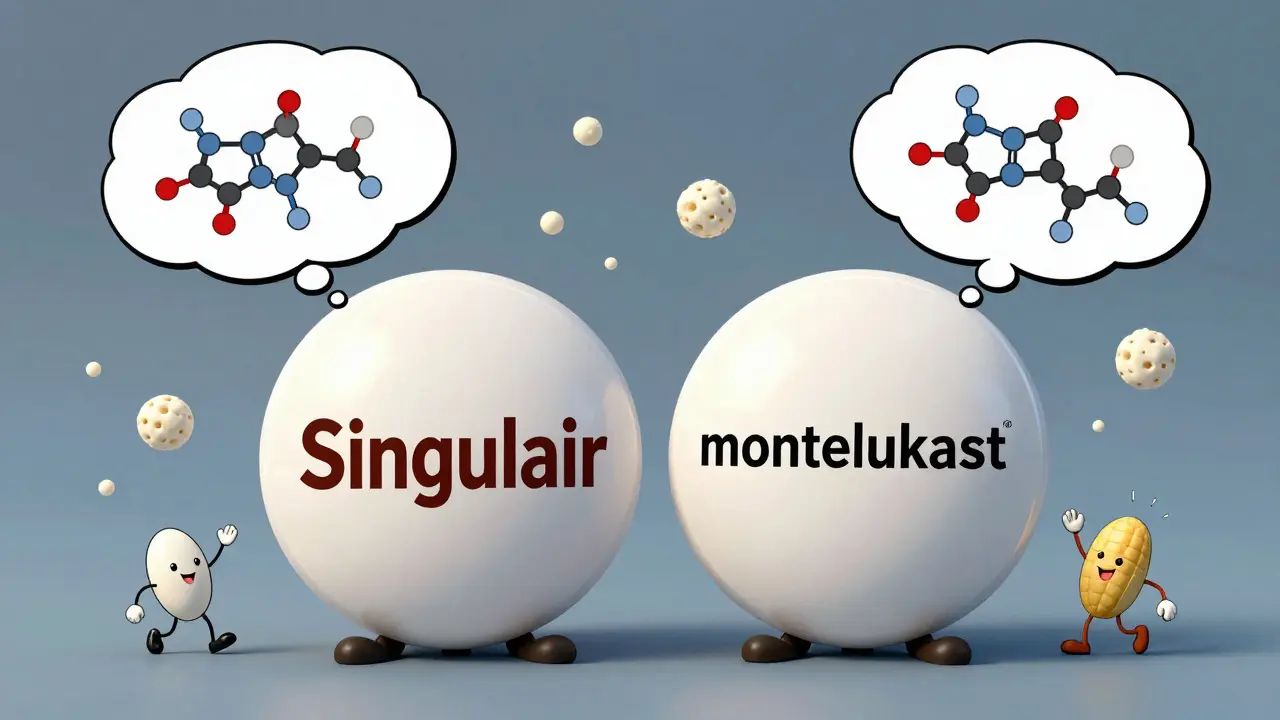
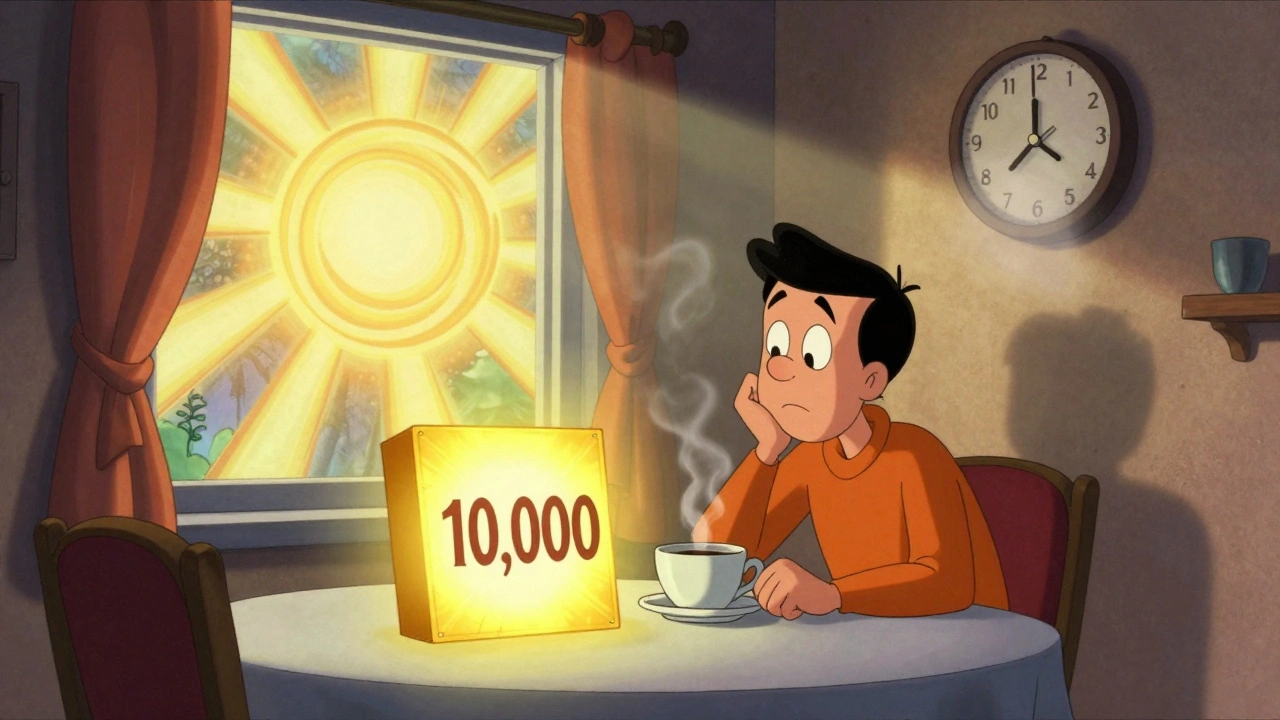
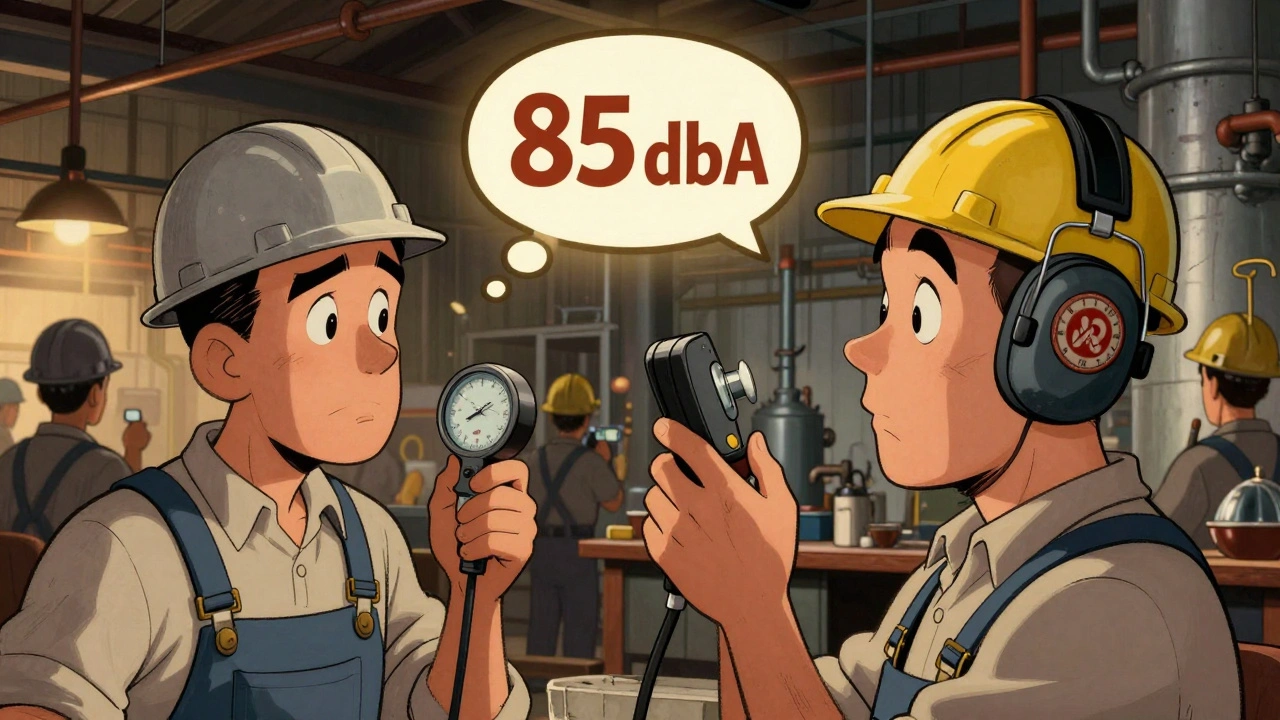
Chris Ashley
So let me get this straight - some guy in a lab in India makes a pill, and the FDA just takes his word for it? 😏 I’ve seen how these inspections go down - they show up, get served chai, and leave after two hours. Meanwhile, my grandma’s blood pressure meds still taste like chalk. This whole system’s held together by duct tape and hope.
kshitij pandey
As someone from India who works in pharma, I want to say thank you to FDA for keeping us honest. Yes, we have challenges - power cuts, paperwork chaos, sometimes even internet drops - but we don’t cut corners. My team spends nights double-checking logs because we know someone’s life depends on it. The ALCOA+ rules? They’re not just rules - they’re promises. And we keep our promises.
Brittany C
The cGMP framework is fundamentally a systems-based approach to quality assurance - it’s not merely about compliance, but about epistemic integrity in pharmaceutical manufacturing. The ALCOA+ principles are not arbitrary; they’re a direct response to historical failures in data provenance. The FDA’s emphasis on real-time process validation and supply chain traceability represents a paradigm shift toward predictive quality control, moving away from end-product testing entirely.
Sean Evans
Let’s be real - 82% of manufacturers say the FDA improves quality? LOL. That’s like asking criminals if prison reform is working. The fact that 42% of Form 483s are about data integrity means half these plants are running on Excel sheets and lies. And don’t even get me started on foreign inspections - the FDA sends one guy with a laptop and a selfie stick and calls it a day. This isn’t regulation - it’s a joke with a badge. 🤡
Anjan Patel
OH MY GOD. I just read this whole thing and I’m crying. I mean, seriously - THREE BATCHES?! For ONE DRUG?! And they check the INK on the bottle?! Who even thinks of this?! I thought generic drugs were just repackaged leftovers from Walmart! This is like watching a spy movie where the hero has to pass 17 layers of security just to get a Tylenol. I feel like a hero just took my pill. 🥹😭
Scarlett Walker
My dad’s on a generic blood thinner and he’s been on it for 8 years - no issues, no side effects, no hospital trips. I used to think generics were ‘cheap versions’ until I learned how much goes into making them. Honestly? The FDA’s doing more than we give them credit for. It’s not glamorous, but it’s keeping people alive. So yeah - I’m grateful. 🙏
Hrudananda Rath
It is with profound solemnity that I address the matter of pharmaceutical governance. The imposition of ALCOA+ standards, while ostensibly laudable, represents a bureaucratic overreach of monumental proportion. The requirement for contemporaneous documentation - in real time, no less - is not merely impractical; it is an affront to human fallibility. One cannot reasonably expect a technician, working under the strain of 14-hour shifts, to maintain perfect records while simultaneously ensuring the integrity of a lyophilized product. This is not quality control - it is performative compliance, masquerading as science.
Brian Bell
Just got my generic metformin refill. Tasted the same as last time. Took it like normal. No side effects. No drama. 😎